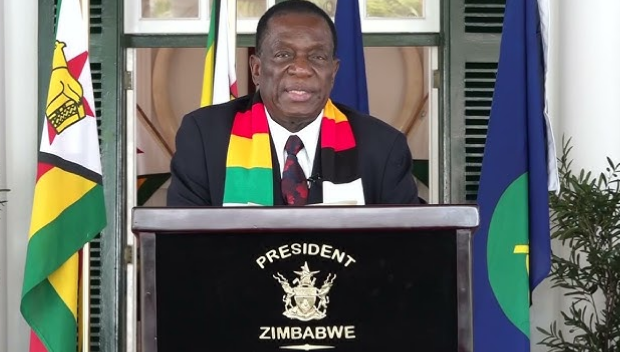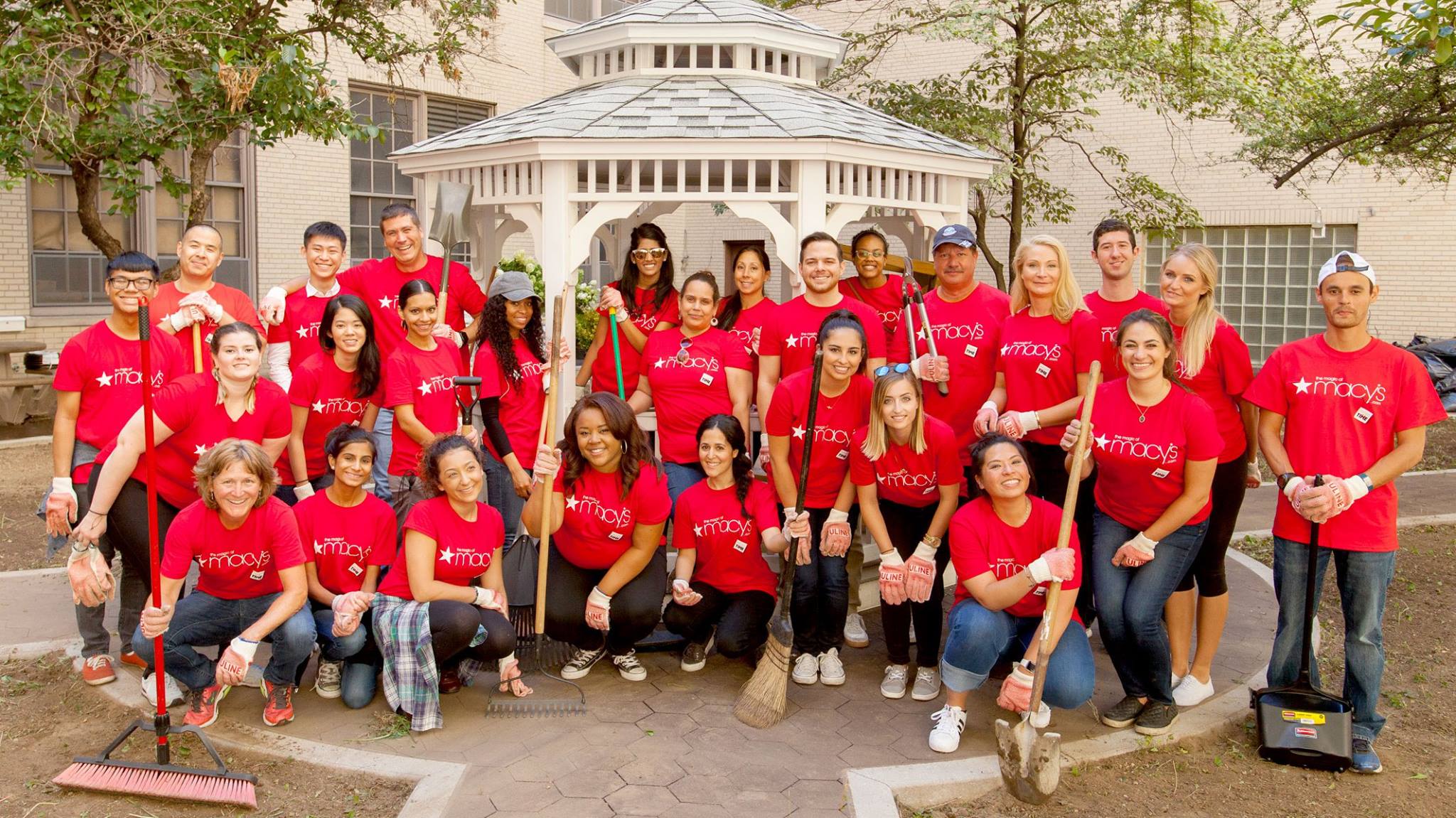[Reparations for Education]
Education Week: “This process of reconciliation and Reparations is essential for understanding contemporary K-12 racial disparities, rebuilding trust, and restructuring an institution that still causes the subordination and undereducation of Black students.”
Photo: YouTube
Black Americans won’t reach true economic justice until our nation’s K-12 leaders fully confront and make amends for the public education system’s racist history. This process of reconciliation and Reparations is essential for understanding contemporary K-12 racial disparities, rebuilding trust, and restructuring an institution that still causes the subordination and undereducation of Black students.
In the years after the Civil War, formerly enslaved Black Americans saw the ability to read and write as a necessary steppingstone to wealth and respect. Their vast and forceful political demands for taxpayer-funded schools directly led to the establishment of the South’s public K-12 system, what historians have called “the crown of Reconstruction.”
But in the century following, politicians all across the nation set up a constellation of policies and classroom practices that denied Black children access to an adequate education—part of the Jim Crow era’s drive to exploit the labor of Black workers, block them from the ballot box, and maintain white political power.
Mobs of white citizens often burned down Black communities’ schools while government officials stood by and watched. Local officials systematically charged Black property owners exorbitant taxes for schools their children were not allowed to attend. And, in the years following the Brown v. Board of Education decision, states en masse fired Black teachers without cause as part of an effort to prevent white teachers at integrated schools from losing their jobs.
Since 1968, the number of Black students graduating from high school has climbed more than 40 percent, and the Black middle class, as a result, has more than doubled in size. But academic outcomes for Black students in recent years have stagnated and, in some states, worsened.
To better understand what a reconciliation and Reparations program should and should not look like, I traveled to Prince Edward County, Va., in February, where the gap between good intentions and actual change is stark.
Almost 20 years ago, this southern Virginia farming community of 23,000 people began to make amends for the way it blocked its Black children from enrolling in its entire school district between 1959 and 1964—a devastating act from which Black residents had yet to economically recover.
Books were written, tearful apologies were made, a statue was erected, and a museum was built. In a historic move, $2 million was set aside by the state to help the victims of those acts “receive an education that was stolen from them.”
That fund stands today as one of only four state-backed Reparations programs in the nation aimed at Black Americans.
Read rest of this story here: https://www.edweek.org/ew/articles/2020/09/23/do-americas-public-schools-owe-black-people.html









